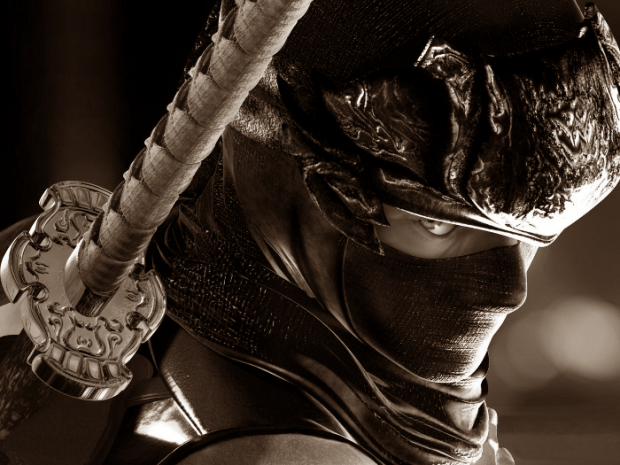Baron Brosephus
has no freakin' idea why he joined
Under heaven and sky doeth one rule reign: all that is united will surely divide, and all that is divided will surely unite.
Although the art of stealth and espionage has existed for centuries in ancient Japan, it was not until the 1400's that the need for ninja (more accurately known as "shinobi") became noticeable. In an age where the samurai were expected to behave with the ritualist honor and decorum defined by their code of Bushido, the demand for mercenaries and assassins that were willing to fight using unorthodox methods increased exponentially. The Sengoku Period was something of a heyday for the shinobi, as their doctrines of stealthy warfare were both respected and greatly feared by the samurai class.
But for all the hype surrounding their exploits, did the shinobi even originate from Japan? While many would say that the development of the mysterious shinobi took place in Japan alone, there is reason to believe that the art of Ninjutsu actually has Chinese origins.







Emphasis on stealthy warfare in ancient China dates back to the Spring and Autumn Period (771-476 BC) with the completion of Sun Zi's extraordinarily influential book, The Art of War. While his book is widely known for defining the principles of modern warfare (tactical positioning, variation of strategy, maneuvering, and calculation), another topic not widely recognized in his book was the subject of guerilla warfare. In numerous sections of the Art of War, Sun Zi explains how an army's size does not necessarily correlate to its combat effectiveness. Furthermore, he lays out the basics of gathering intelligence, ambush, and how to avoid direct confrontation altogether.
In many other Asian and European empires, a conscript force consisting of 100,000 soldiers was considered large. This was clearly not the case in ancient China, as the population was large enough to allow individual clans and kingdoms to maintain standing armies of the same number. As can be expected, combat became very standardized, and lords began looking for alternative methods to direct confrontation. If you are guessing that there is pattern between this transiton of strategy first initiated by ancient Chinese lord and than their medieval Japanese counterparts, you are correct in doing so.
For this reason, many Chinese armies began to train small yet coordinated military units that focused on reconnaissance, espionage, and the harrassment of enemy forces. Utilizing the powerful tools of ambush, arson, and assassination, the skirmisher forces of ancient China could have a devastating effect on enemy armies. Having mastered the art of demolition long before the usage of gunpowder in Europe, incendiary bombs and traps were used to great effect. While the art of espionage and guerilla warfare was used freqently by Chinese kingdoms, it was more prevalent in Southern China. The woody, mountainous terrain made regions such as Sichuan and Guizhou a death trap for invading armies. During the Three Kingdoms Period, Cao Cao's attempts at invading Southern China were repeatedly foiled by the Lin Gui (Forest Demons), a name for the Shu and Wu Kingdom's skirmishers that tended to operate in forested areas. Curiously enough, many of the principles of ancient Chinese skirmishing tactics are almost identical to the strategies later utilized by the feared shinobi.
Over the years, these concepts and ideals spread to Japan in the form of travellers, merchants, and deserters. Inspired by the cunning doctrines of espionage and covert warfare, many lords of Sengoku-Period Japan began training their own skirmisher units. In the Iga Province, many mercenaries began to adopt the disciplines of Chinese skirmishing, and thus the shinobi were born. While some chose to affiliate themselves with a specific clan, the majority of the shinobi prefered to operate under mercenary contracts. While the extraordinary feats of the shinobi have been elevated to cult status by modern games and media, many tend to forget about the true origins of ninjutsu.
What I understood from that: Youtube.com
Recon Corps FTW!
Hehe, I've just started watching SnK as well!
TL:DR!
Seriously no summary or smaller paragraphs?
A nice short lecture of Chinese history
Applause , Baron !
Those that do not read will know less
0/10 would not read, needs additional walls of text...
i want moaaaar 'bout HINUH man :D